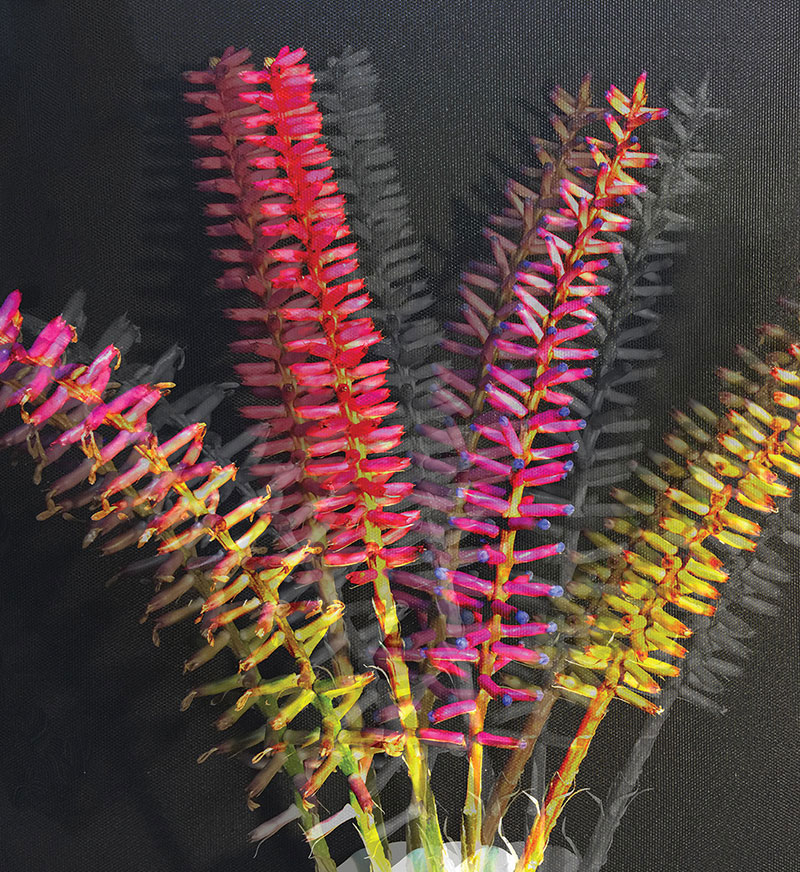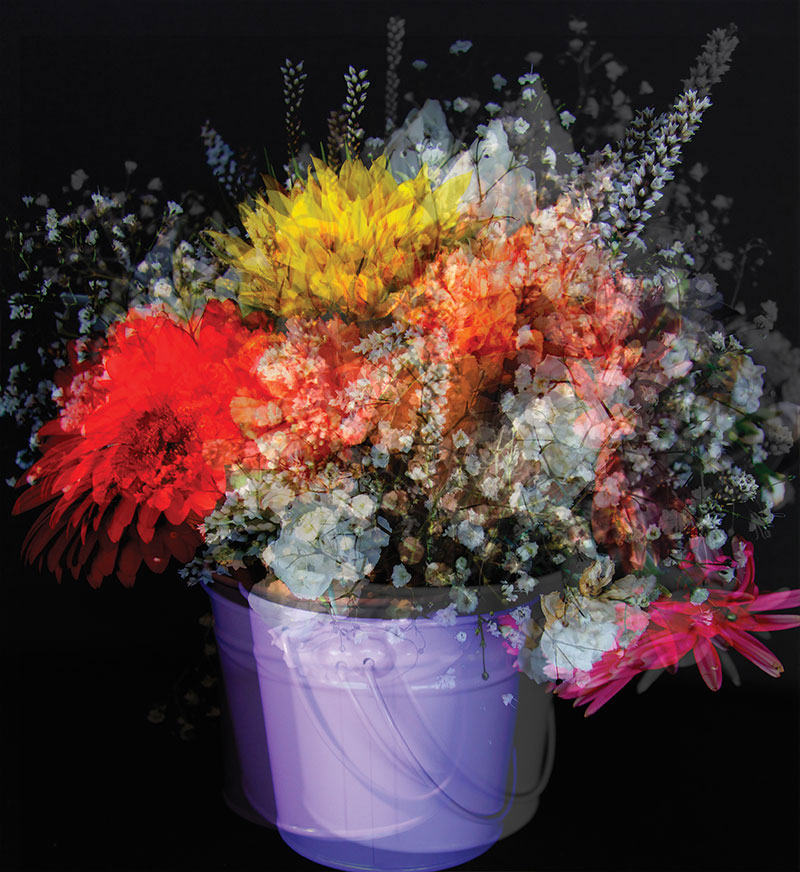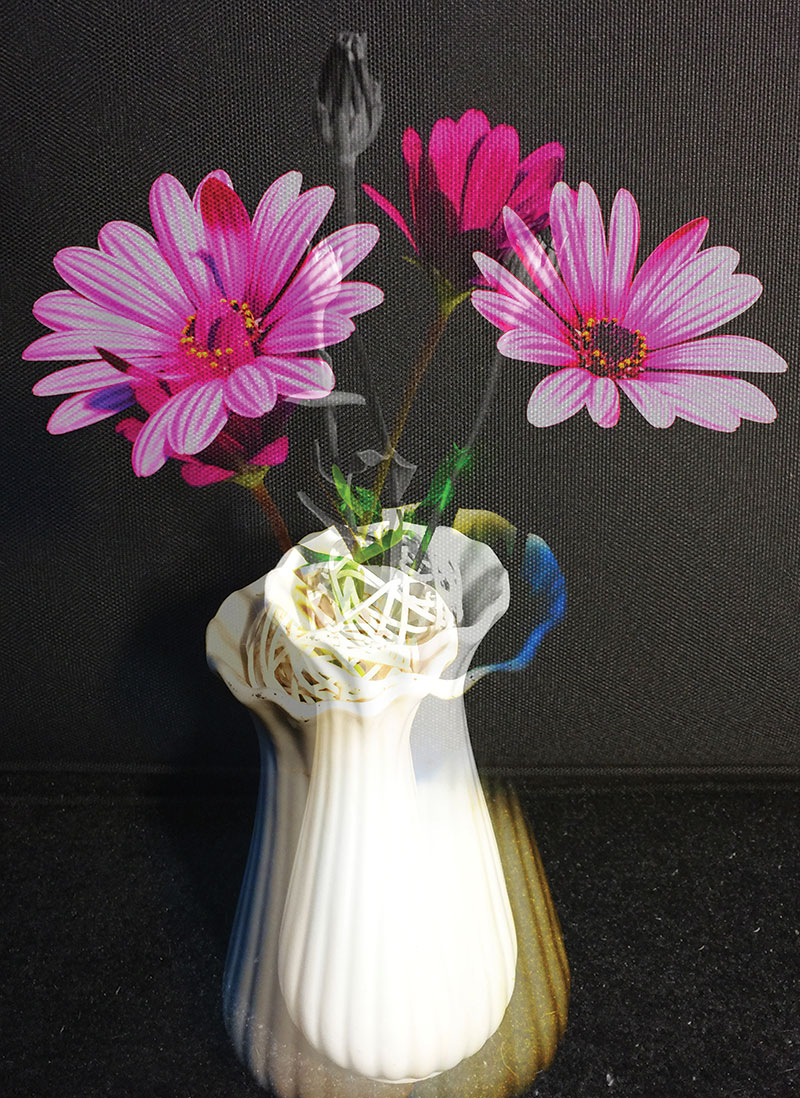Nature’s Dying Beauties
By Kristen Ensbey
When we often think of flowers we don’t usually associate these beautiful, fragrant, and colourful pieces of nature with the concept of degradation and change, however, this aspect is entirely true.
These natural elements do not last, no matter how hard we try to save them. We can provide them with all the necessary care, such as water, food and sunlight, but there is not much we can do. Flowers will still slowly begin to wilt, change colour, fall apart and then crumble away, becoming fragments of nature that they once were. The flowers return to their previous state, as a result of the continuing natural lifecycle. A flower begins its short life, sprouting from a single tiny seed through the ground, to maturing and becoming this beautiful object for us to admire. Then eventually dying and their rotting remains returning to the soil to become a nutrient source to seeds for the next generation of flowers.
According to a few sources, the lifespan of cut flowers can depend on the type of flower that you choose, as “choosing the right flower is important” [33], in terms of how long you want them to last for. According to Mary Osborne, the rate of decay and lifespan of cut flowers can last from “a day” to “several” [34]. This shows us that certain flowers are able to last longer than others, but those flowers will still inevitably end up dying. Flowers live and grow within our garden, but even when they are there, they will still slowly deteriorate over time. We as individuals are a major factor and contributor to the already decreasing short lifespan of flowers. Yes, it is true that flowers do die on their own, but once we pick them and use them for different occasions and purposes we are taking them away from their natural state and disconnecting them from their nutrient source required for survival.
Cut flowers can deteriorate quite rapidly so we try all these different forms of preservations to make them last as long as possible. According to NDSU Agriculture, “Preserving flowers [is] an old art practiced during colonial times” [35]. There are many different styles of preservation that we can do to make the flowers we receive last for an extended amount of time. There are three different methods of preservation that can be used; including Hanging, Glycerin, and Pressing. The method of Hanging involves air drying or drying the flowers upside down in a dark place void of moisture. The process of Glycerin is where the use of chemicals in exchange of water, the flower drawing the chemicals through the stem. The final preservation method is Pressing, which is the process whereby the flowers are laid flat on an unglazed surface and then weigh them down for an extended period of time, creating flat, preserved flowers.
Even though we have these various methods that we use to preserve and extend the lifetime of these natural beauties, we are changing their true purpose of what they were originally created for within this world. We do this by using man-made and chemically engineered products on these natural products, to make them last for as long as possible. We can even preserve the image of the flower by the taking a simple photo or creating a painting, that we can view as many times as we wish. We may use these methods to preserve flora, but there is still an element of degradation that’s inescapable. As pressed flowers can still crumble, Glycerin preserved flowers will still die once you take them away from the chemical solution, air-dried flowers will also fall apart and crumble away, and a photo or painting can be lost or destroyed over time. So still after all this effort we take to stop the natural process of degradation, it is still going to occur. We must remember that flowers are pieces of life that will only last for a short period of time. Most often we tend to use flowers to represent memories and symbols that we cherish for long after the physical aspect of the flower is gone. Like a red rose given on a first date, will always be remembered in our minds as a symbol of love and first meetings, long after the rose has perished. Flowers have been long associated with different ceremonies and occasions.
The Flower expert states “people have used flowers to express their feelings, enhance their surroundings, and to commemorate important rituals and observances” [36]. This concept further ties into degradation because we give flowers at all sorts of occasions such as birthdays, anniversaries, funerals, hospital visits, dates, and many more, that the occasions themselves are also fleeting. Have we ever considered or looked at this symbol of beauty to be simply pieces of dying natural material that will only live on in our distant memories? Or through photographs that we keep collected with our treasured possessions? Along with giving flowers on special occasions, we also create and give meaning to each and every type of flower. The language and symbolism of flowers is referred to by the source Joys Florist as being “Floriography”, a concept that “was coined in the Victorian era” [37]. Flowers may represent love, happiness, condolences, farewell, friendship and lots more. The association of these meanings with different types of flowers, only lasts for as long as the physical natural object of the flower is living, otherwise it is just a memory of the object or event that once was.
Flowers themselves have been around for over “160 million years” [38] and they will likely be around for millions more. Even though we try to preserve, give meaning to, and understand the lifecycle of how flowers are created right up until their death; we must come to terms with the fact that flowers are pieces of nature that will only be around for our enjoyment for very limited amounts of time.
[33] Sixx, C. (2012.). Picking The Right Flowers. The Lifespan Of Flowers Is Very Important!. The How 2 Girl. Retrieved from http://www.how2girl.com/1-picking-the-right-flowers/
[34] Osborne, M. (n.d.). Stages of Decaying Flowers. Garden Guides. Retrieved on 26th August, 2016. Retrieved from http://www.gardenguides.com/90712-stages-decaying-flowers.html
[35] Smith, R, C. & Laschkewitsch, B. (2010.). Methods of Preserving Flowers. NDSU Agriculture. Retrieved from https://www.ag.ndsu.edu/pubs/plantsci/landscap/h1037.pdf
[36] The Flower Expert. (n.d.). Flowers & History. The Flower Expert – Guide on Flowers & Gardening. Retrieved on 27th August, 2016. Retrieved from http://www.theflowerexpert.com/content/miscellaneous/flowers-and-history
[37] Joys Florist. (n.d.). Flower Meaning and Symbolism. Joys Florist. Retrieved on 27th August, 2016. Retrieved from http://www.floral-arrangements-unique.com/flowersmeaning.html#top
[38] Zona, S. (n.d.). Origin of flowers has been discovered. IFL Science!. Retrieved on 26th August, 2016. Retrieved from http://www.iflscience.com/plants-and-animals/origin-flowers-has-been-discovered/

“Beautiful, fragrant, & colourful pieces of nature .... do not last.”

“Pieces of dying natural material that will only live on in our distant memories.”
